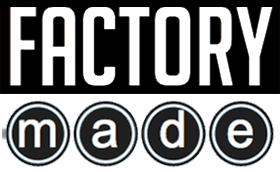Establishing an inspirational design brief early on can help guide the process. Having part of any brief include the design strategy can assist in facilitating innovation strategy, diagnosis, formulation, and implementation.
Design thinking does have its limitations applied to innovation work.
Design thinking’s primary use, to date, has been in developing incremental innovation or help resolve specific problems or challenges. There are often recognized needs established or can be quickly found out, but if the requirement has a more open brief then design thinking needs to shift from a tactical part to play into a more strategically designed one, where problem definition, placing it in the appropriate context sometimes becomes as complex to understand as the thinking that goes into achieving the potential solutions. There can be a lot of ‘push back’ if the problem has not been fully framed, as the solution might only have many unintended consequences.
In this recent report by the Royal Society for the encouragement of Arts, Manufactures and Commerce (RSA) an action and research center called “From Design Thinking to System Change:”
“Great design doesn’t always generate impact. As we show in this report, innovations attempting to scale and create systemic change often hit barriers to change, sending them catapulting back to square one. We call this the ‘system immune response’. The particular barriers will differ dependent on context, but might be cultural, regulatory, personality driven or otherwise…
“Design thinking alone will not be enough. The core insight of this paper is that solving our most complex problems will require augmenting design thinking with a systems thinking approach as the basis for action.”

